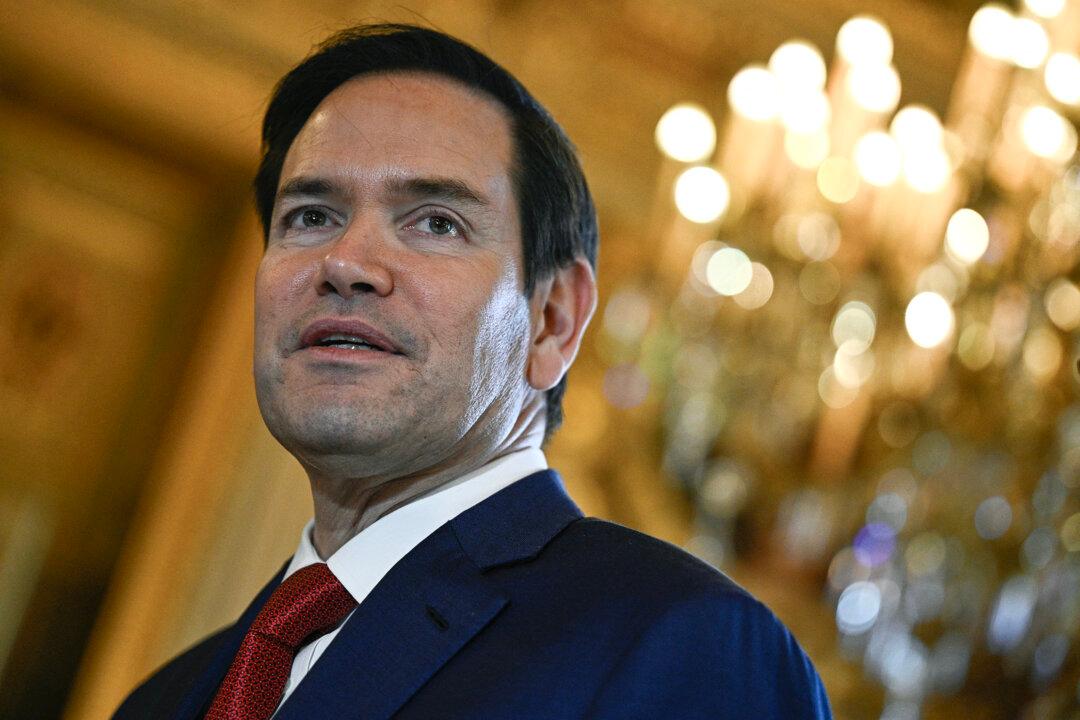Price growth slowed its pace in April, with a key inflation gauge falling to a level well below analysts’ forecasts and fueling hopes that price pressures may be starting to dissipate.
Analysts expected the monthly inflation gauge to show prices growing by 0.8 percent, with the fourfold slower pace coming as a welcome surprise.
So-called core PCE, which strips out the volatile categories of food and energy and is considered a better gauge of underlying price pressures, also slowed its year-over-year pace in April, though the month-over-month reading remained unchanged.
Core PCE rose 0.3 percent over the month and 4.9 percent over the year in April, with both readings in line with forecasts.
“Peak Fed Funds pricing was Sept 23 @ ~3.4% Now it’s a tie between March & June 23 @ ~2.9%,” Basmajian wrote, referring to market expectations for target interest rates set at Fed policy meetings in September, March, and June 2023.
“The peak should keep moving closer and lower as economic conditions start taking this ’second leg' lower...,” he added.
The annualized pace of PCE inflation came in at 6.3 percent in April, according to Friday’s Commerce Department data, reflecting a drop from 6.6 percent price growth in March and slightly below economists’ forecasts. The slowdown in the year-over-year growth rate is the first decline in the measure since November 2020.
While both the monthly and annualized data suggest an easing of price pressures, the year-over-year reading is still over three times higher than the Fed’s target of around 2 percent.
Friday’s data also showed strength in consumer spending, which rose by a more-than-expected 0.9 percent in April, while March numbers were revised higher to show a 1.4 percent gain from the previously reported 1.1 percent.
“If the consumer is able to keep spending and the prior number was revised up, that’s good news,” said Robert Pavlik, senior portfolio manager at Dakota Wealth in Fairfield, Connecticut.
Consumer spending is a key driver of the U.S. economy, accounting for around two-thirds of output.
Wall Street’s main indexes closed sharply higher on Thursday after some optimistic retail earnings outlook and less-hawkish minutes from the Fed’s recent policy meeting brought back buyers into the market on waning investor concerns about the likelihood of aggressive rate hikes.
“Right now it’s just a rally in a bear market ... the market has just got extremely oversold and people are looking for bargains,” Pavlik said, referring to how equity markets fared on Thursday.





